![020813_Fire_house-27-thumb-646x431-136388.jpg]()
Ypsilanti officials have denied fire officials the opportunity to be placed on a future city council agenda, citing negotiation concerns.
Courtney Sacco | AnnArbor.com
The Ypsilanti City Council has declined to hear a presentation from local and statewide fire officials arguing against the creation of a hybrid public safety model and one council member said she believes the decision is a form of censorship.
City Council Member Susan Moeller requested the presentation be added to a future council meeting after being approached by Ypsilanti Fire Union President Ken Hobbs. Moeller thinks the possible creation of a hybrid model should be discussed more in depth in the public, since it would affect citizens.
In order to have a presentation added to an agenda, a council member must first propose the addition and it must be seconded by another council member. Moeller said she failed to secure a second.
"I think it's terrible," Moeller said. "... It's nothing illegal about them coming to speak. They just don't want to hear them."
The city and fire department are negotiating a new contract now, but progress has been slow according to Mayor Paul Schreiber. The contract expired nearly a year ago on June 30.
Schreiber said he doesn't support the fire officials giving a public presentation because he believes it would cross the line of negotiating in a public atmosphere. Schreiber acknowledged that emails, one of which he says was confidential, were exchanged regarding the presentation but declined to comment on the specifics.
"How appropriate is it to have a member of the union or the bargaining unit speaking to city council?" Schreiber said. "The city charter tasked the city manager with handling the negotiations and as far as having a bargaining unit make a presentation to council, it brings budget negotiations to the public.
"This is a union negotiation and I don’t think it's good for the fire department or the city to be negotiating in public. There's nothing that keeps Ken Hobbs from coming or speaking during audience participation."
Hobbs, Chair of the Michigan Professional Firefighters Public Safety Committee Monty Nye and others wanted to present documentation they believe shows why the hybrid department would be ineffective and detrimental on city operations.
Earlier this year, City Manager Ralph Lange announced the city would pursue creating a hybrid police and fire department. Lange said the two departments would be stand-alone, but supplemented with cross-trained public safety officers who would be equipped to do both jobs.
The Ypsilanti hybrid model would cross-train police officers and firefighters to perform both duties. Officials said present city employees would have the option of being cross-trained.
Several firefighters and former Fire Chief Jon Ichesco have openly voiced their opposition to the hybrid model and urged the city to move forward with regionalization.
Moeller said she asked earlier this month for the addition and several council members told her they didn't believe the presentation was appropriate. Moeller again asked council members in a Tuesday email to reconsider, but she has yet to hear anything.
"I thought I could talk them into it personally and I asked them to reconsider," Moeller said. "No one has seconded it."
Moeller said some council members said the alternative would be for each individual who wanted to present to speak during the audience participation portion of a council meeting for the allowed three minutes. Moeller said that isn't feasible because they have an entire presentation prepared and the public participation portion wouldn't allow for enough time.
"I'm very unhappy," Moeller said. "When groups are told they can't speak, it’s a form of censorship."
Hobbs said he wanted to present now while the city is going through budget sessions and to give the public more of an opportunity to learn about what he believes a hybrid model entails. Hobbs said he believes the city has yet to give residents an opportunity to chime in on what's being discussed.
"There’s really not a good time for us to approach the subject because it's not on the agenda and not something they’re openly discussing," Hobbs said. "We waited until they started having these budget sessions and thought it would be a good time to do a presentation on why we're against it. That model will end up costing them more money."
![031913_Ypsilanti_City_Counc.JPG]()
City Manager Ralph Lange, pictured left, and Mayor Paul Schreiber, right, have said the hybrid model would help the city regain its financial footing.
Courtney Sacco I AnnArbor.com
Hobbs said the presentation would not have included anything related to negotiations, but instead costs and figures he believes council should consider before moving forward with the model.
"I just wanted to present to council the information we have on public safety and the costs so that they could take that into consideration," Hobbs said. "We’re doing it from a financial standpoint, not a negotiation standpoint. You're in budget hearings and you’re going to make a budget decision. Give us an opportunity to present and show you why it's not a benefit to you."
Council Member Pete Murdock said he also wasn't in favor of a public presentation.
"We don't do contract negotiations at the council table," Murdock said. "... We're in the middle of contract negotiations and staff is responsible for doing the negotiations. We gave them direction in terms of how to proceed and that's how we do negotiations."
Despite not being in favor of the public presentation, Murdock said the fire officials are welcome to speak during the three-minute audience participation segment of council. Murdock said he believes there have been opportunities for the public to speak either for or against the model.
"There's opportunities to do that all of the time," Murdock said. "I just think it's inappropriate for us to be doing that because we're in contract negotiations."
![petemurdocknew.jpg]()
Council Member Pete Murdock is not in favor of having fire officials present before council.
Courtney Sacco | AnnArbor.com
Moeller said she is against the creation of a hybrid department because she doesn't see any cost savings and she believes it would affect how services are delivered.
"I feel that I represent my ward and I was elected by my citizens and I asked them about it and a lot of the citizens from Ward 2 wrote me that they didn’t favor it and I feel that I'm really representing the citizens and not just my own personal opinion. Just from looking at the numbers, it doesn’t look like it will save money."
Early estimates show it will cost the city between $30,000 and $34,000 each to cross-train police officers and firefighters. Yet, the city projects it would save $2.1 million over the next five years.
The city will spend about $663,480 during the next four years to train new and existing officers, about $75,000 on uniforms and equipments, as well as other fees amounting to $943,480. The city believes it will find about $210,315 in short-term savings in one year or less of the program being put in place.
When asked whether the city can move forward with the model after it was denied a nearly $1 million grant from the Michigan Department of Treasury, Murdock said the city is looking at ways to pay for the model.
"The question is can we afford to do anything?" Murdock said. "I think Ralph has laid out how he plans to cover police and fire with the scaled down proposal and that’s part of his budget process."
Moeller said she supports the hiring of more police personnel, but is concerned that the public safety officers would be paid well above what current employees are.
"I'm supportive of having more police in Ypsilanti, but the way it works is a PSO person would earn 22 percent more than a firefighter," she said. "Right now police earn 15 more percent than fire. I don’t think it’s a budget savings because everyone has to train and there still might be overtime costs. It hasn’t been really clarified that it’s a budget savings."
Schreiber said he supports the creation of a hybrid model.
"From everything I've seen so far, I'm in support of it," Schreiber said. "The thing I found so striking is when Chief Amy Walker said a lot of the times the police end up being the first respondents, she said she would have loved to have some fire gear in the trunk and get in there.
"Mr. Lange is continuing to pursue it because he feels he has enough support from council to pursue it. It's certainly not a done deal."
Murdock said the hybrid model is the road the city is going down.
"That's the proposal the city manager had from the very beginning," Murdock said. "We're allowing him to pursue it. We have to resolve the issues with contract in order to do it and it's been almost a month since we've met. They want to negotiate it somewhere else other than the table where it's supposed to be."
Nye, who also is a firefighter in Meridian Township, said he's seen the hybrid and public safety model and fail across the country. Nye said Meridian Township once had a public safety department, but ended up going back to the traditional model of two completely separate departments.
"It’s the same failed concept," Nye said. "We just wanted to come with facts and figures and they don’t want to hear it. They’re refusing to let the firefighters present documentation. We are asking them to just be open and be truthful. Let the public hear about this."
Katrease Stafford covers Ypsilanti for AnnArbor.com.Reach her at katreasestafford@annarbor.com or 734-623-2548 and follow her on twitter.
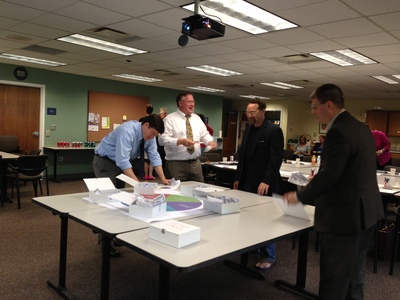




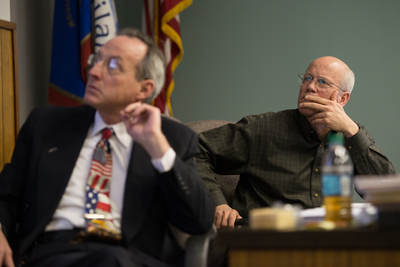
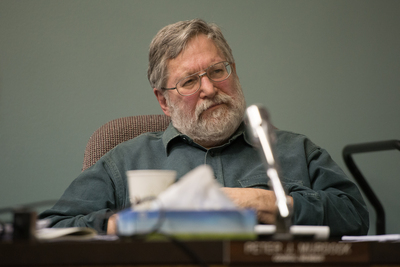
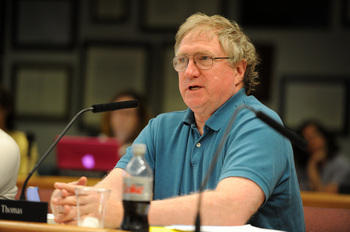





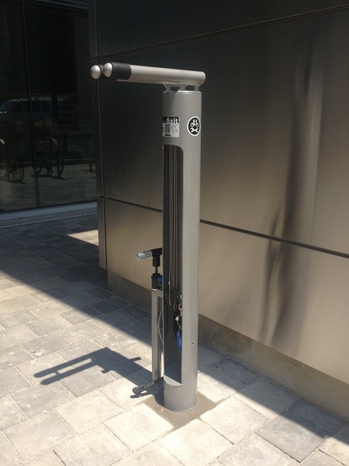





-thumb-646x431-142609.jpg)
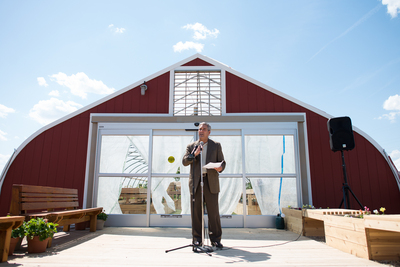
-thumb-400x267-142613.jpg)










